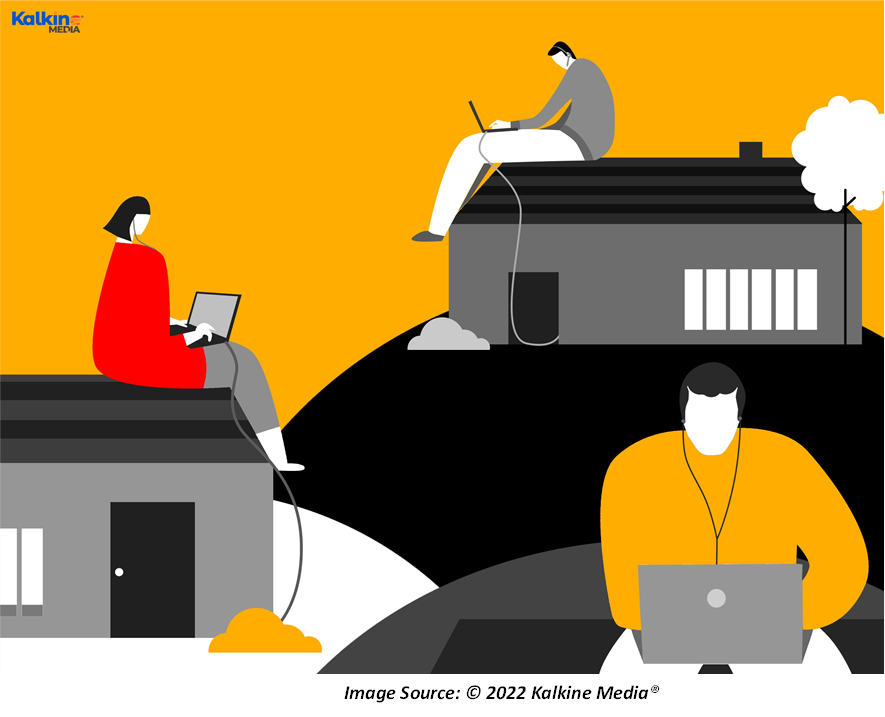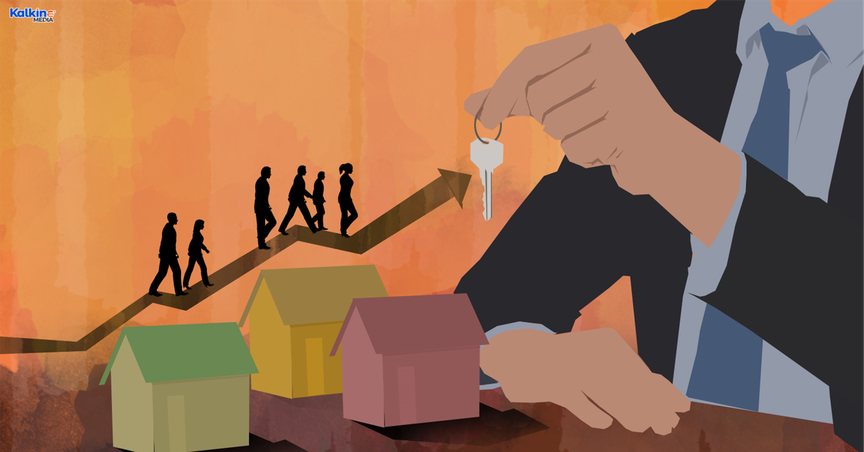Highlights
- Australia seems to be facing a national rental crisis, with rental rates going through the roof.
- The low availability of properties for rent has majorly pushed the rental rates higher.
- Vacancy rates have remained painfully low, leading to a demand-supply imbalance.
Renting out a property in Australia is by no means an easy task. The scarce availability of properties for rent, combined with skyrocketing prices, has ignited a never-before-seen housing crisis.
Aussies have been forced to move out of their existing rental accommodation either due to unaffordable rates or sooner sale of properties by owners to tap high profit. Rental rates in Sydney and Melbourne have seen sharp upticks, with the trend resonating across multiple cities.
However, in recent months, property prices have been taking a slower route, sparking discussions around the impact of interest rate hikes expected later this year. Despite a slowdown in property prices, rental rates have gone on a seemingly unidirectional upward path.
Why are rental rates high in Australia?
Remote working conditions have forged a trend shift in the existing workspace set up as well as property markets across Australia. As consumers are now increasingly working in a dynamic setup, the demand for detached housing has rapidly surged after lockdowns. Additionally, low interest rates have allowed buyers to plan out their finances more smoothly, pushing up housing demand.

The comfortable interest rate environment has led many to look for spacious living arrangements to adapt to the remote working requirements. In fact, new owner-occupiers in the markets are dominated by individuals who have bought holiday villas in the coastal suburbs.
These influential factors have allowed a selected set of individuals to own almost all available properties, leaving many others without a home. The stark rise in the trend of owning villas and holiday homes has also left a lesser number of properties available for rent. Additionally, the reopening of international borders has prompted an inflow of a higher number of student immigrants flying from foreign countries. Most of these students are living on rent, further aggravating the existing demand for rental housing.
Will interest rate hike impact house rental prices?
The market has sensed an interest hike approaching, with impacts already visible on property sales and housing prices. Though the central bank has made no official announcement on the timeline of cash rate hikes, market experts predict the first interest rate hike after the pandemic to occur as soon as June. This expectation alone has spurred a widespread slowdown in housing demand.
Following a rise in interest rates, interest payments by owners could increase significantly in the coming months. If the Reserve Bank embraces multiple rate hikes, interest payments could increase multi-fold for an average mortgage holder. Essentially, this means that landlords with a mortgage might prefer passing on these higher interest costs to their tenants.
As homeowners increase rental rates based on expectations of higher interest payments, the overall property prices in the market could also rise. However, an even more pressing factor affecting rental rates is the demand-supply imbalance in the rental housing market. This happens as rising rent payments urge tenants to move out and look for a cheaper living space. However, tenants might be forced to live with exorbitantly high living expenses with no alternatives to rescue them from rising rates.
What does rental vacancy rate show?
Vacancy rates are crucial in understanding why rental rates are rising or declining. In general, tenants find it much more difficult to obtain housing once vacancy rates drop below a threshold of 2-2.5%. The rising competition among tenants then gives higher negotiating power to landlords.
Is Australia Speeding Towards A Twindemic?
Ultimately, landlords get the free pass to raise rates to their liking simply because tenants have nowhere else to go. Therefore, while tenants need not fear rising interest rates, they could certainly face the brunt of a reduction in properties available for rent.
Experts predict that the rental housing crisis in Australia could worsen with time. As more immigrants enter the market, the competition might only increase, forcing many to shift to tighter housing conditions. Meanwhile, interest rate hikes could impact the rental housing market by forcing a higher number of people to stay on rent if they are unable to afford mortgage repayments.



